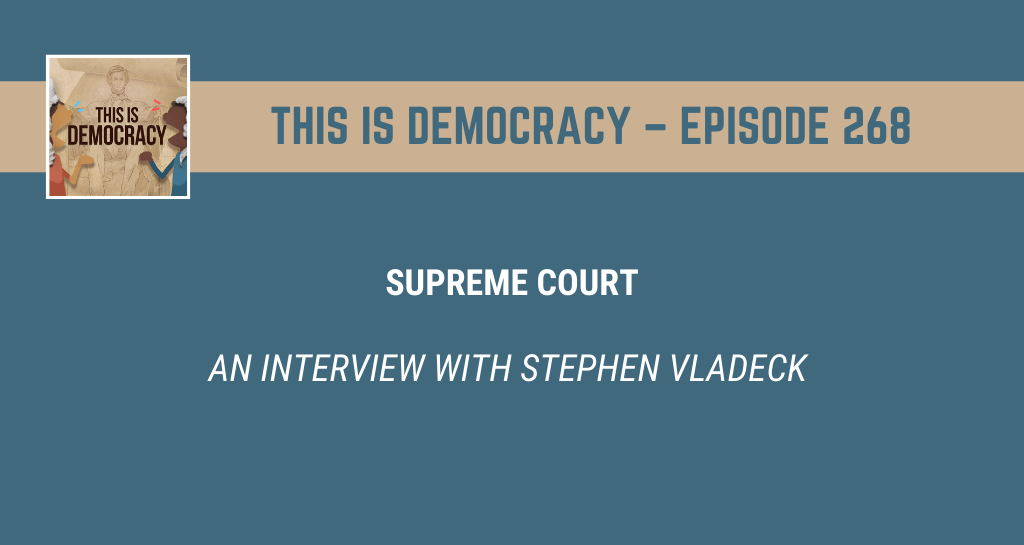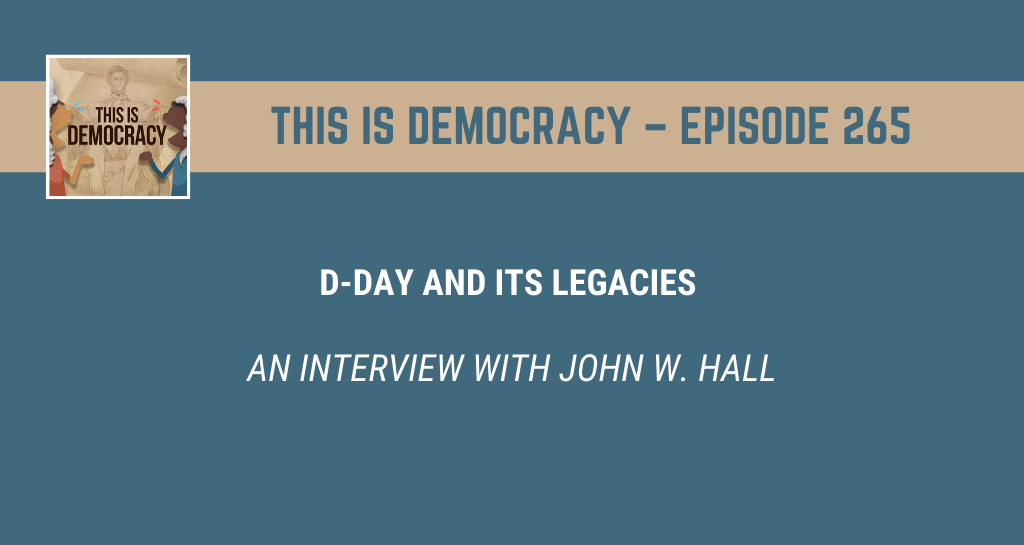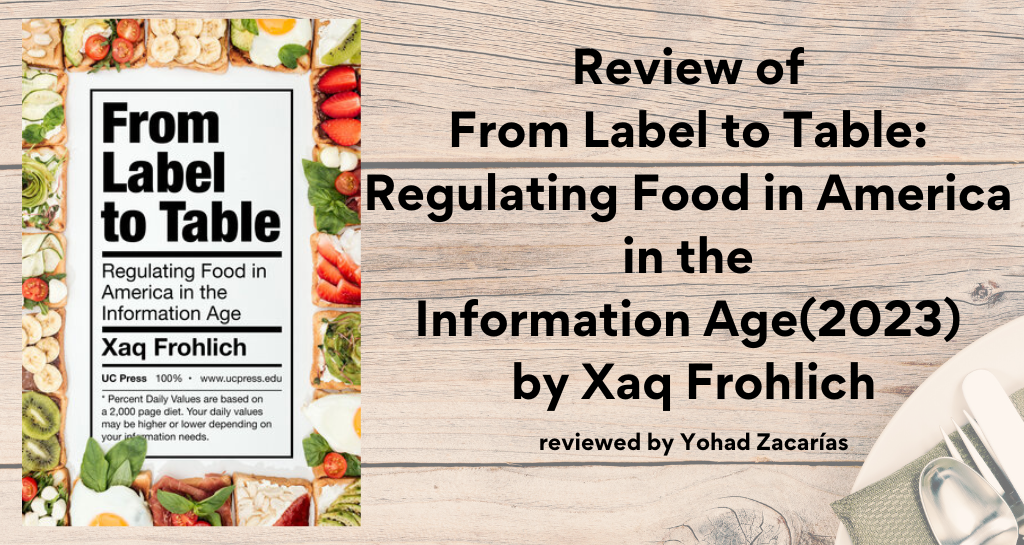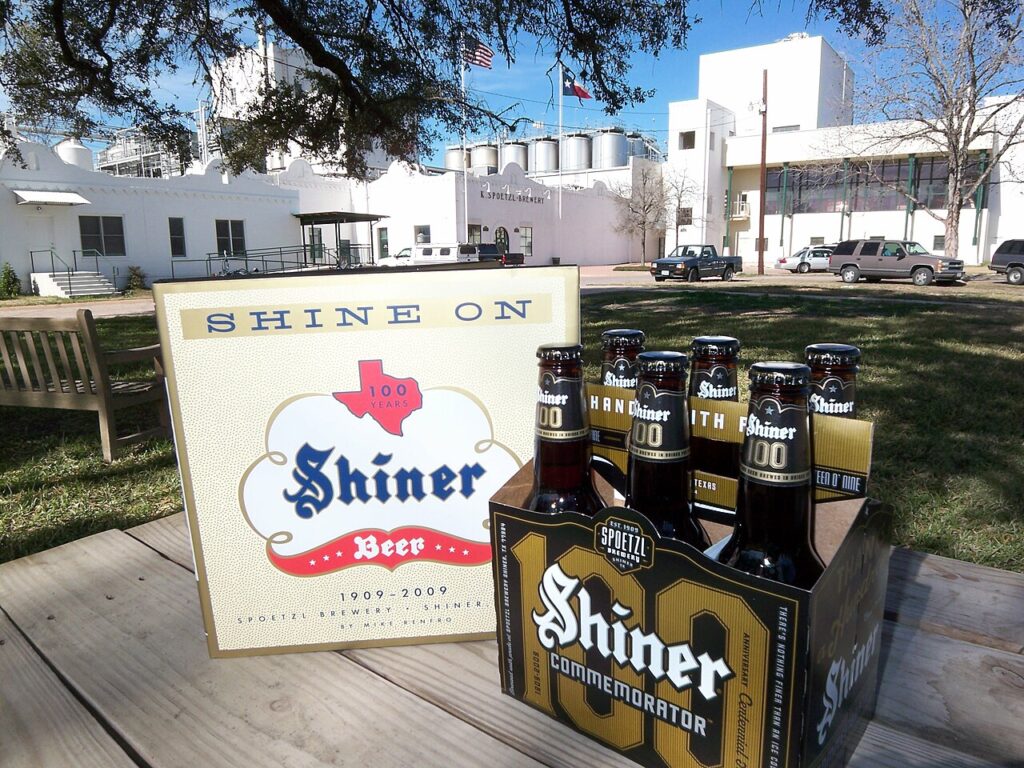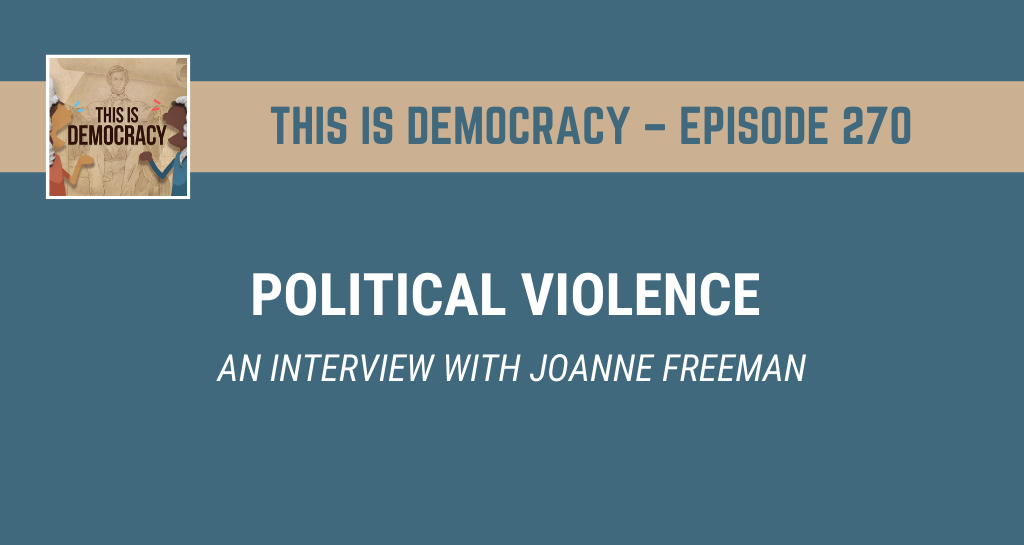
This week, Jeremi and Zachary are joined by Joanne Freeman to discuss political violence in the American political landscape from a historical perspective, and disperse some of the myths and misconceptions around it.
Zachary sets the scene with his poem entitled “The War of Independence”
Joanne Freeman is the Class of 1954 Professor of American History and American Studies at Yale University. She is the author of two groundbreaking books on political violence in America history: Affairs of Honor: National Politics in the New Republic and The Field of Blood: Violence in Congress and the Road to Civil War. Prof. Freeman writes frequently for the New York Times, Washington Post, Atlantic. and other publications. She is a regular guest on CNN, MSNBC, and other news networks. Her webcast — “History Matters (…& so does coffee!)” — can be joined every Friday morning at 10:00am EST:
